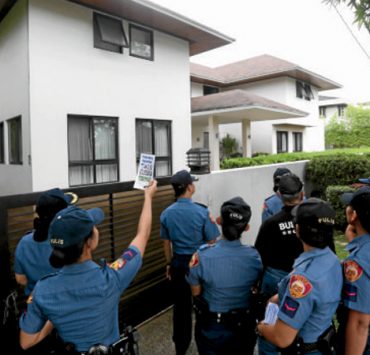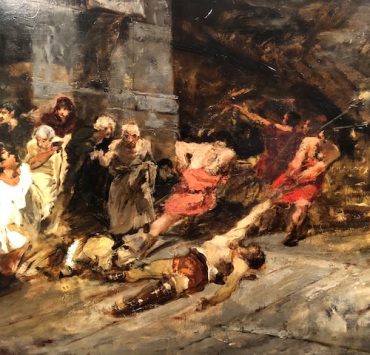If the finds at the recently concluded ArteFino are any indication, the clamor for local handmade crafts is unlikely to die down any time soon. From furniture injected with woven textile from Sagada to the hand-embroidered tapestries of Abra, and the dresses made from local weaves, there can’t be a better time for Filipino artisans and weaving communities.
Enter Habi Fair, an annual textile fair that aims to not only highlight local products like clothes, accessories, and home decor made with the finest weave from different regions, but also to provide a platform for these weavers where they can sell and profit at fair trade.
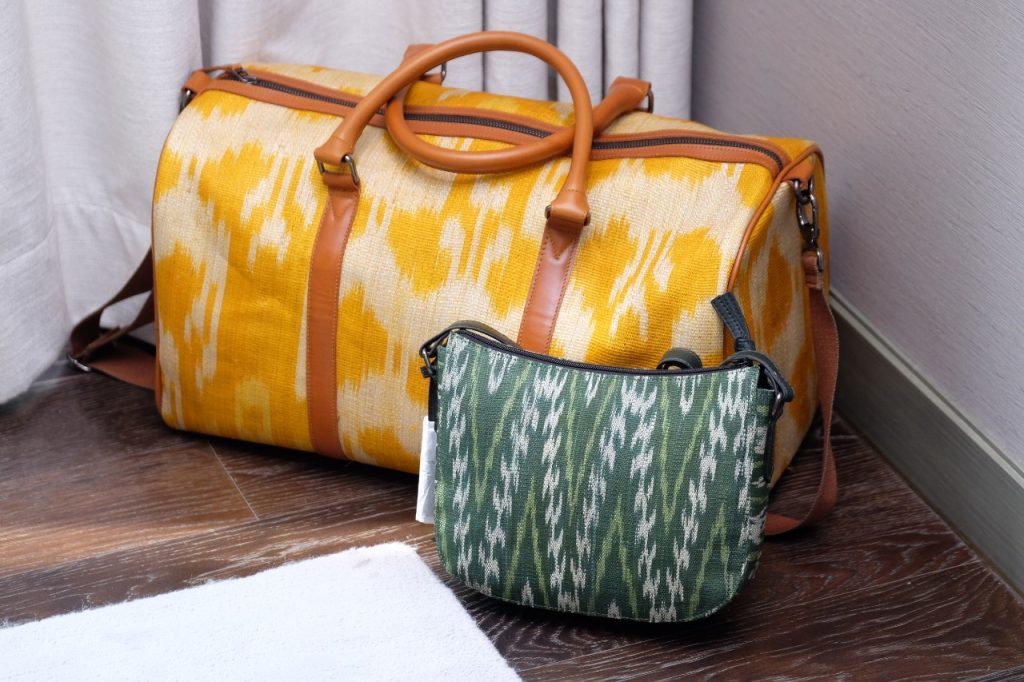
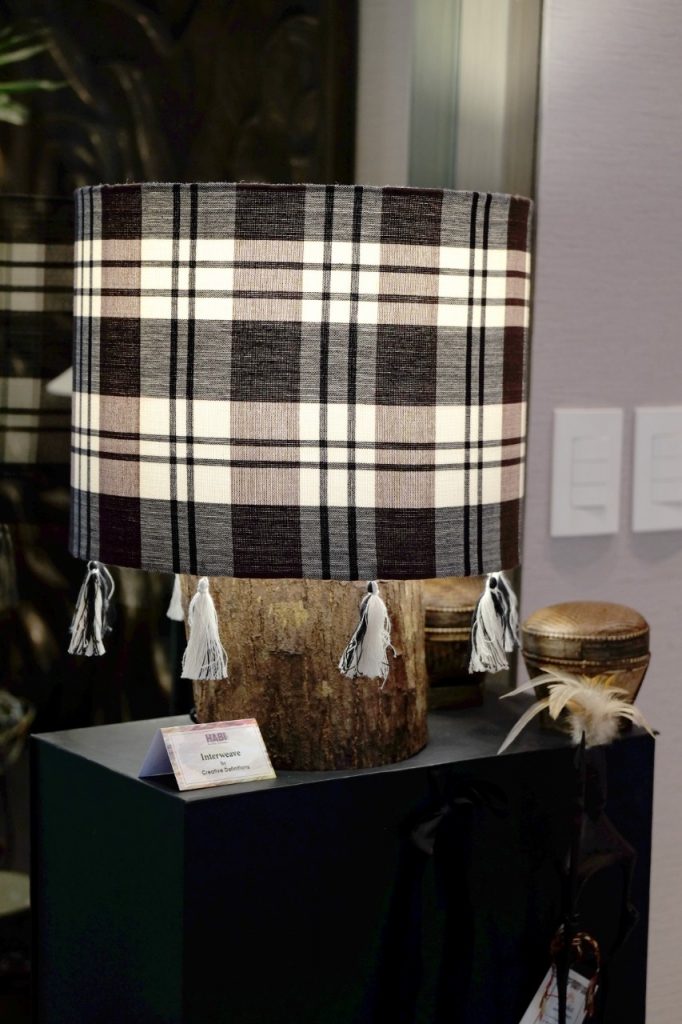
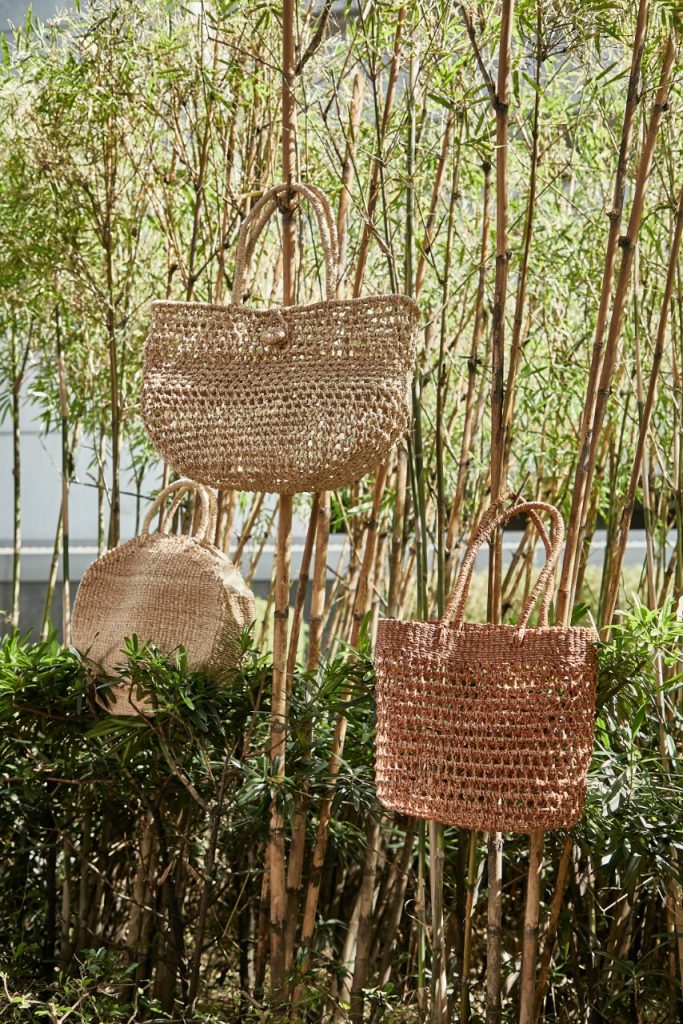
This year, from Oct. 12-14, Habi Fairgoers can expect a wider selection of products with updated styles and new brands plus, for the first time in its eight-year run, textile exhibitors from ASEAN regions will be there to feature the textile of Brunei, Indonesia, Myanmar, Malaysia, and Vietnam.
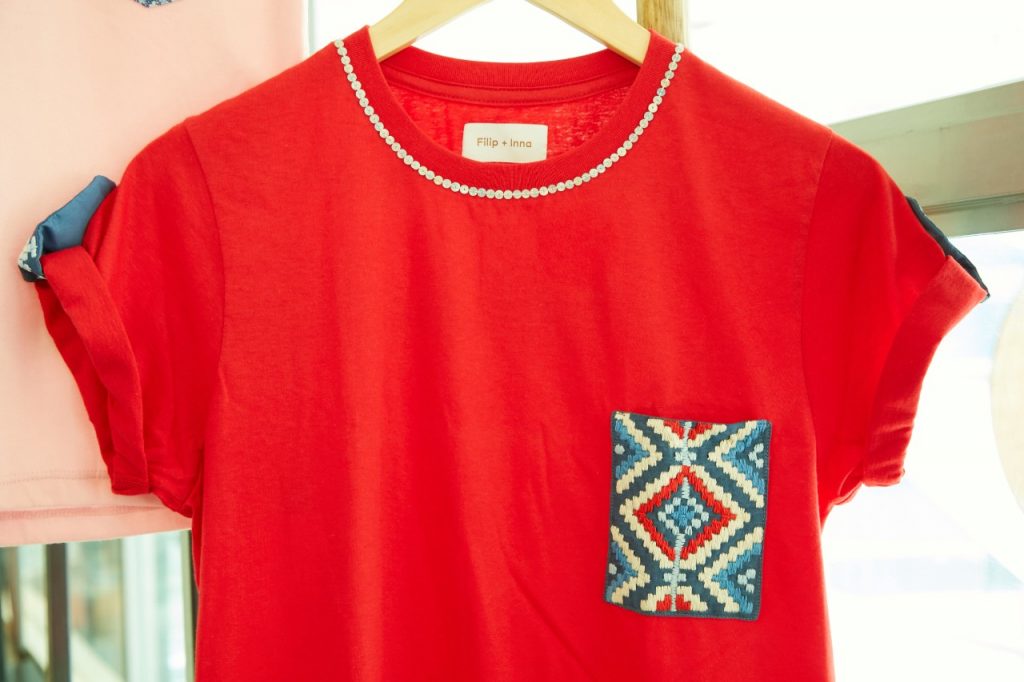
In line with the mission of HABI The Philippine Textile Council, the non-profit organization behind the fair, to reintroduce the use of natural fiber, specifically cotton, to traditional weaving techniques, the fair will feature woven textile and creations made from 100% cotton grown locally and distributed to weaving communities.
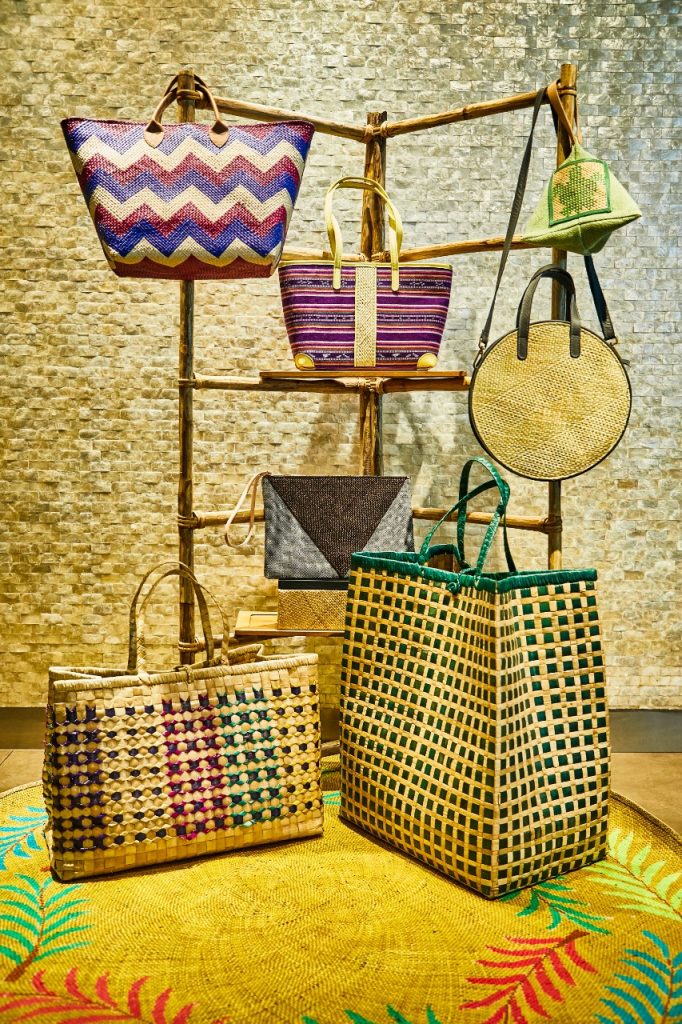
Kelly Mortensen, the Habi coordinator, told Nolisoli.ph that for the longest time, weavers have been using synthetic threads and fiber imported from China which tend to make the final product stiff, unlike its cotton counterpart that is soft and has a subtle sheen.
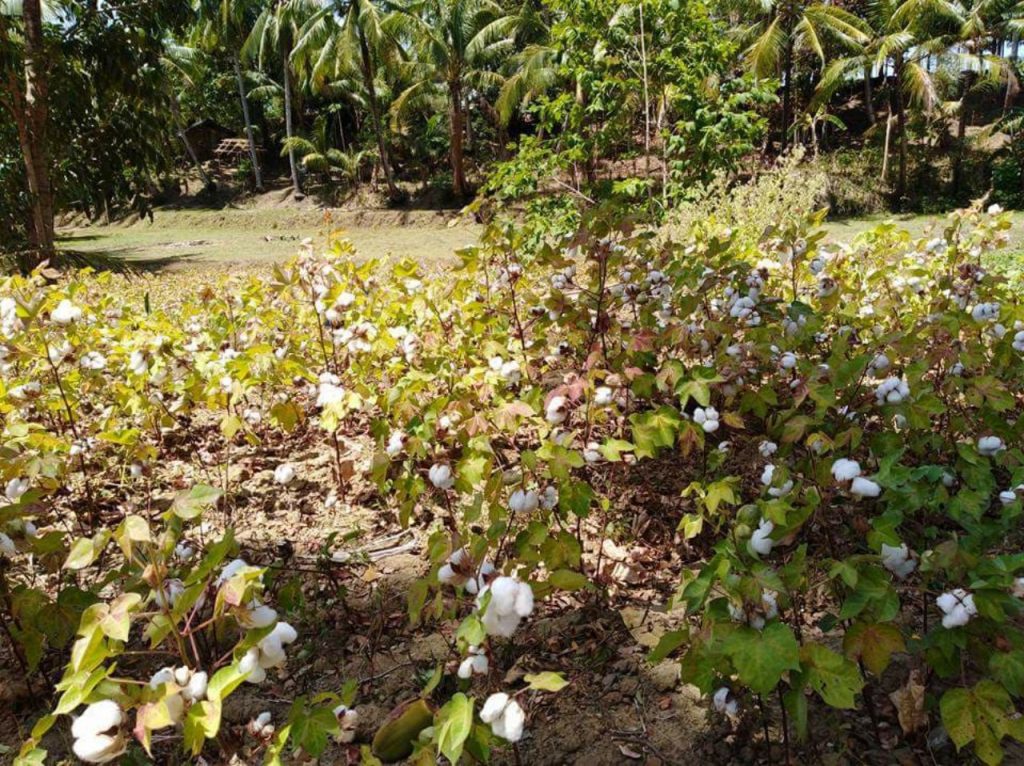
“We wanted to highlight going back to the roots, going back to cotton,” Mortensen said. “A lot of the textiles, they are all traditional weaves, locally-made by Filipinos but the thread is synthetic and made in China. So it’s kind of like an oxymoron.”

This year’s theme “Woven Voyages” is also an homage to the brands and weavers who started in Habi but are now making it big, participating in other seasonal fairs like MaArte Fair and AfteFino.
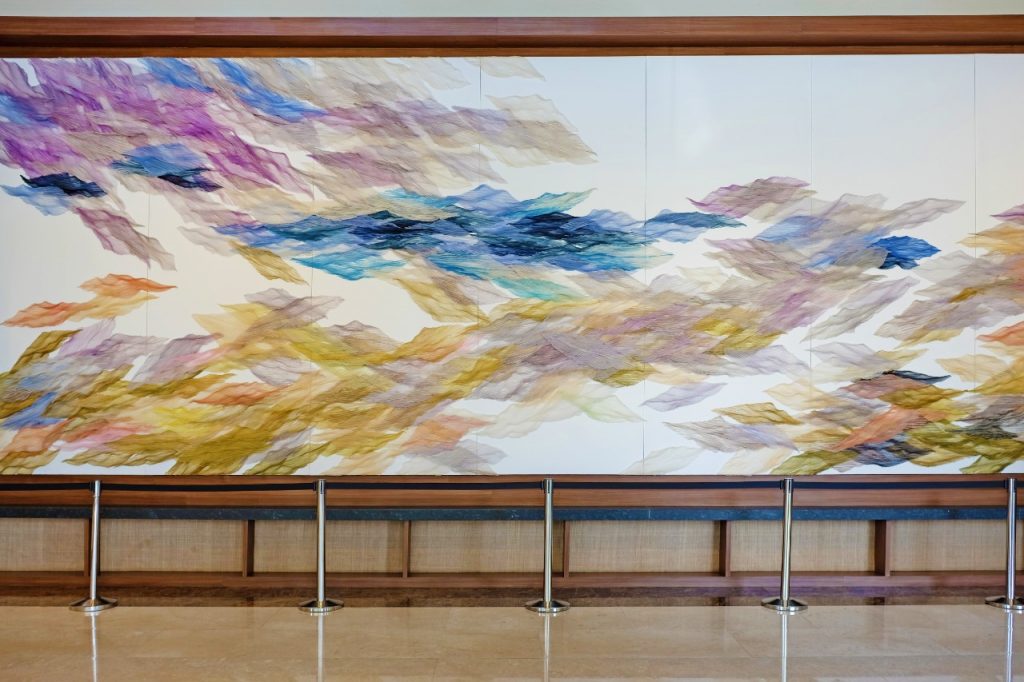

Apart from products, this year’s Habi Fair will also present various programs on sustainability, using Earth-friendly materials, and the preservation of the art of weaving. There will also be a fashion show and an exhibit featuring textile art by Filipina-French artist Olivia d’Aboville and pieces by the winners of the Lourdes Montinola Piña Weaving competition.
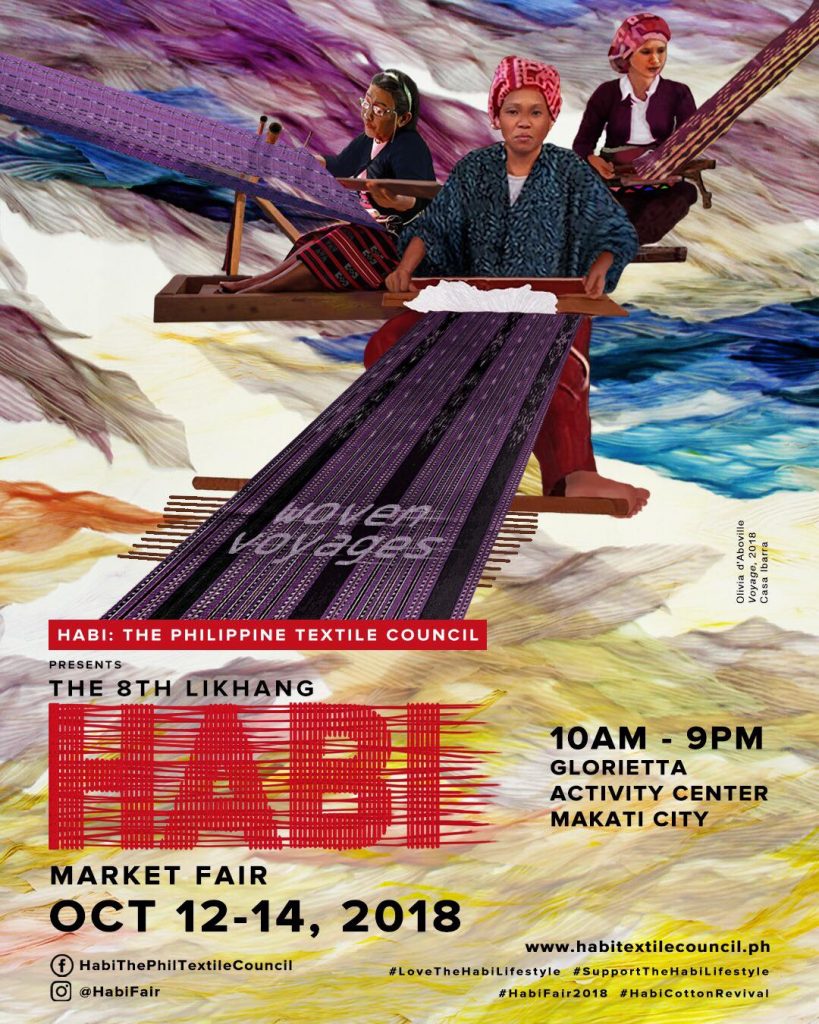
“WOVEN Voyages: 8th Likhang Habi Textile Fair 2018” will be at the Glorietta Mall Activity Center on Oct. 12-14.
Photos courtesy of HABI The Philippine Textile Council
Get more stories like this by subscribing to our weekly newsletter here.
Read more:
2017 appropriation lesson: Don’t use sacred Ifugao textiles on your gown
How to incorporate local weaves into your wardrobe
So you think you know your local weaves?
Explore Muslim Mindanao through these mini villages in Cotabato City
Writer: CHRISTIAN SAN JOSE


